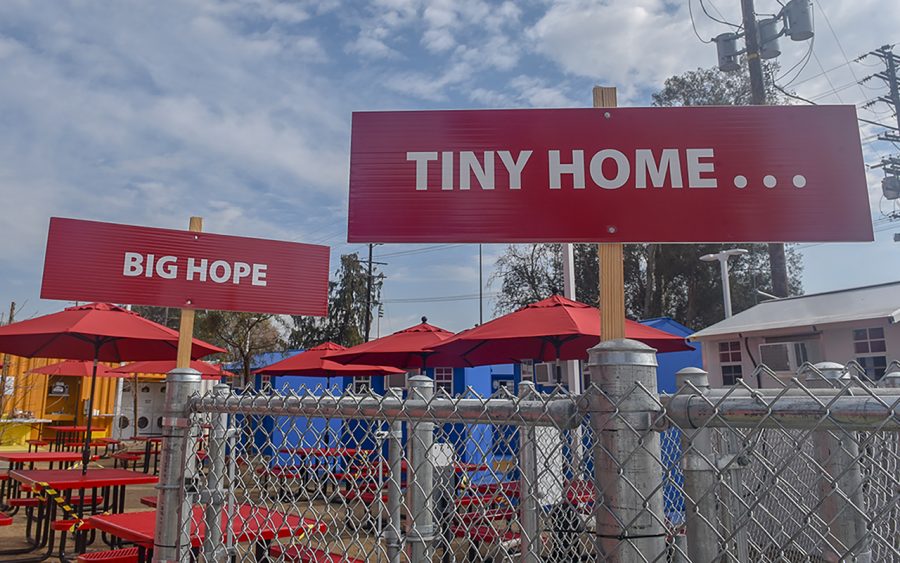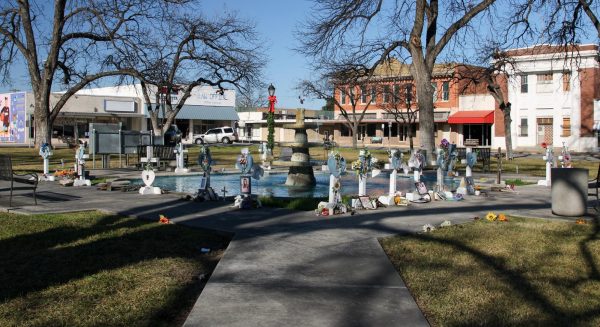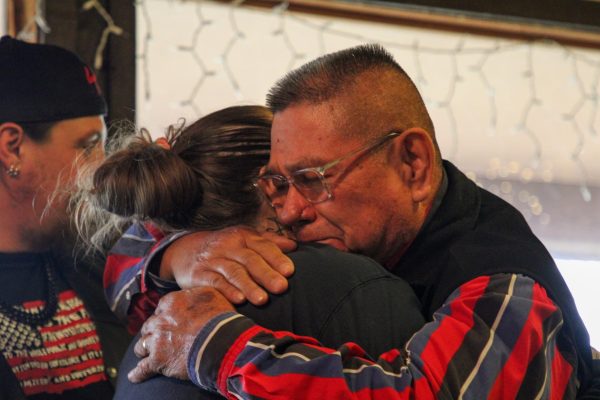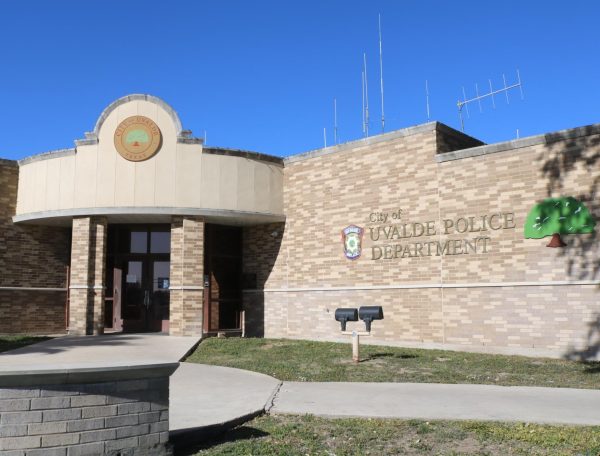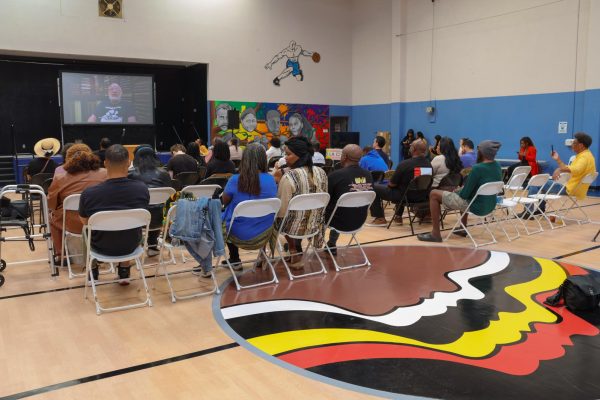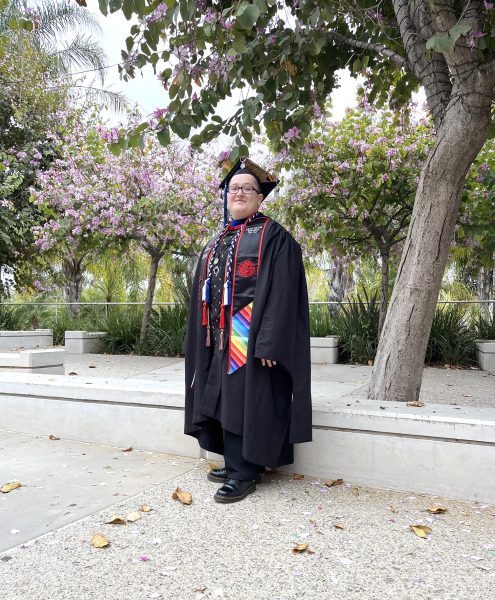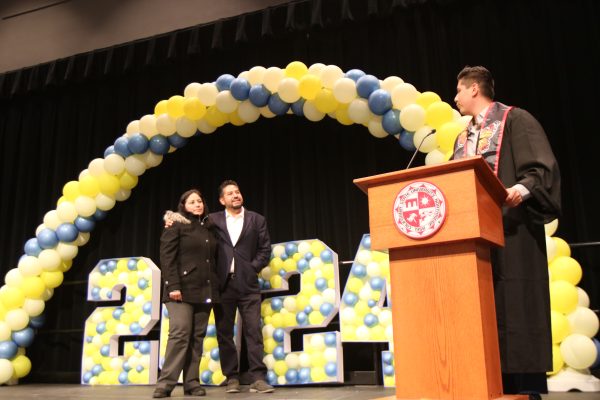Tackling the homelessness crisis: What California, L.A. County have done so far
Signs lined up along the Hope of the Valley Rescue Mission Tiny Home homeless shelter in North Hollywood, Calif., on Tuesday, Feb. 9, 2021.
June 28, 2021
Data released in July 2020 indicated that the number of individuals experiencing homelessness in Los Angeles County has risen 13%.
A Los Angeles Homeless Services Authority report revealed that L.A. County has a population of around 66,000 unhoused individuals, of which around 9,000 are located in the San Fernando Valley.
As alarming as these figures are, these numbers are believed to be an undercount as LAHSA’s data was collected in January 2020 and the report was released before the impact of the COVID-19 pandemic.
In an attempt to tackle the homelessness crisis, Gov. Gavin Newsom introduced Project Roomkey, a program that sought to acquire 15,000 hotel rooms that would be used as an emergency shelter for unhoused individuals who were deemed medically vulnerable and at risk of contracting COVID-19.
Despite federally-guaranteed funding, Project Roomkey serviced fewer than 5,000 individuals at its peak. The number has fallen to 1,883 as of June 21, according to Project Roomkey Tracker.
Recently, there have been public-private partnerships that try to address the homelessness crisis. The San Fernando Valley has seen a number of tiny home villages constructed in North Hollywood, Tarzana and Reseda.
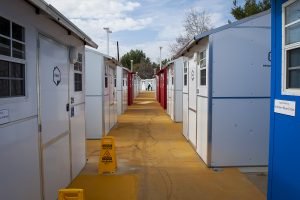
The villages, a joint effort of City Councilmember Paul Krekorian and the city of L.A., are an attempt to alleviate the homelessness crisis and are operated by a non-profit organization, Hope of the Valley Rescue Mission.
The recently-opened villages have drawn criticism for their size and costs. The first village, built on a vacant strip of land along Chandler Boulevard in North Hollywood, consists of 75 beds spread across 40 units and cost around $5 million to build. The second village located a few miles north in North Hollywood’s Alexandria Park houses 200 beds and was built for $8.6 million.
Many critics also claim that the tiny home villages draw attention away from the need to create permanent solutions for the homelessness crisis.
With the help of a large cash infusion of federal aid money, an $11.2 billion budget was recently approved by the Los Angeles City Council. It includes around $1 billion in funds to address homelessness — the most the city has ever spent in a single year. But, with many regulations that have protected renters from eviction set to expire in the fall, it remains unclear whether the city will continue in its quest to build additional tiny home villages.
